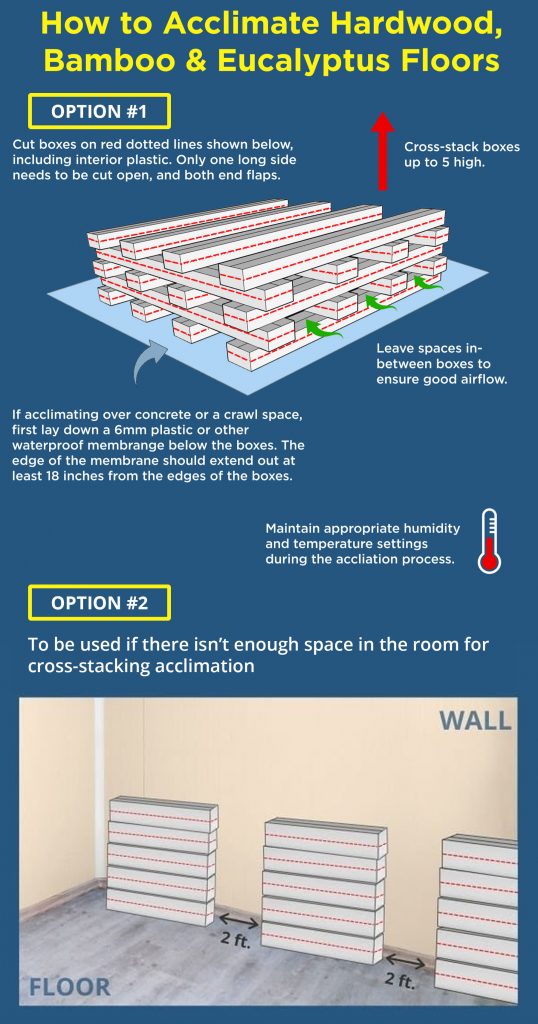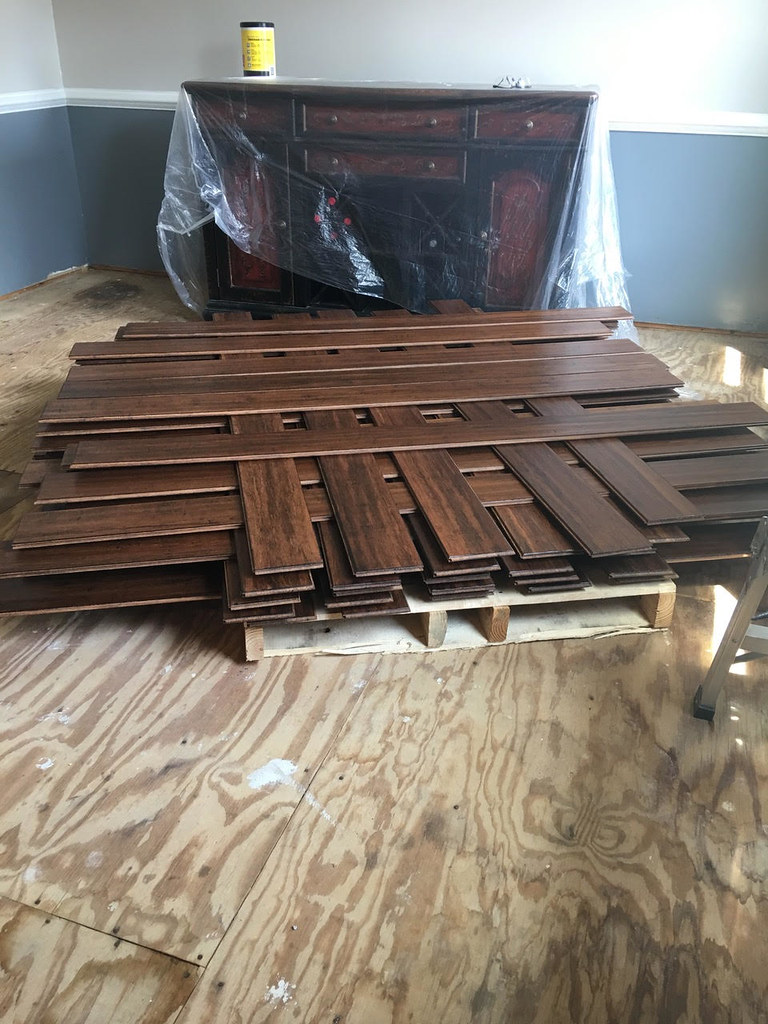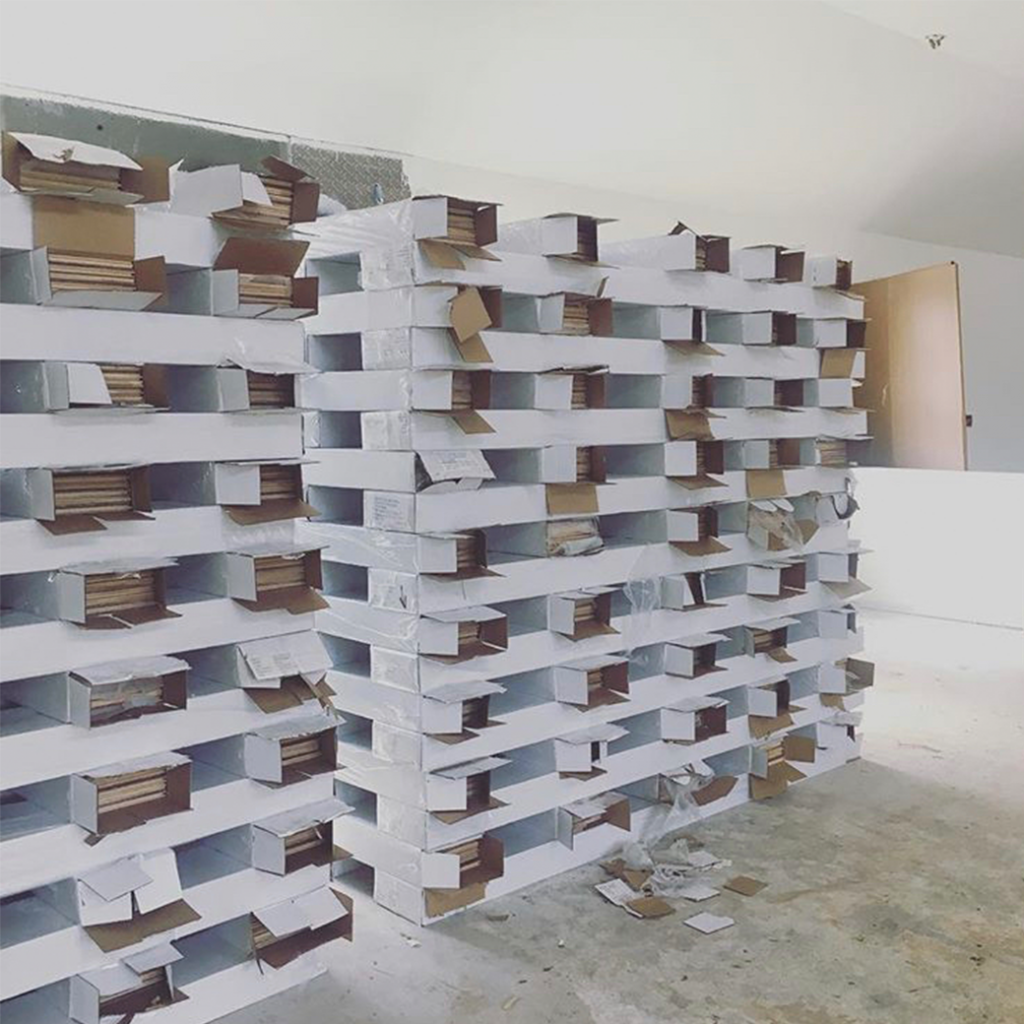In the flooring world, few choices blend elegance and sustainability as seamlessly as engineered bamboo flooring. The allure of this eco-friendly option, with its stunning visual appeal and durability, led me to embark on a journey of discovery. Along this path, I uncovered a crucial factor that determines the success of engineered bamboo flooring installation – acclimation. This guide aims to shed light on the intricacies of acclimating engineered bamboo flooring, ensuring that your installation journey is visually enchanting and practically flawless.
Engineered Bamboo Flooring
When I encountered engineered bamboo flooring, I was captivated by its distinctive charm. Composed of layers that showcase bamboo’s beauty, this flooring marvel echoes nature’s resilience. But what truly sets it apart is its eco-friendliness – bamboo’s rapid growth makes it one of the most sustainable flooring options available. From its natural hues to the caramel tones of carbonized bamboo, it offers an array of appearances to suit every taste.
Acclimation in Flooring Installation
Behind the scenes of a successful flooring installation lies a lesser-known hero – acclimation. This crucial step involves allowing the bamboo flooring to adjust to its new environment before installation. The effects of temperature, humidity, and moisture can impact the bamboo’s behavior, and acclimation ensures that these factors are harmonized, minimizing potential issues down the road. In essence, acclimation is the compass that guides us toward a stable and enduring installation.
Navigating the Acclimation Process for Engineered Bamboo Flooring
To acclimate engineered bamboo flooring effectively, a structured approach is necessary. Preparing the flooring for acclimation involves unboxing and laying out the planks in the installation area. This allows the bamboo to begin adjusting to the conditions it will ultimately call home. Acclimation time varies based on factors such as humidity levels and regional climate. The key, however, is patience – giving the bamboo the time it needs to acclimate ensures a smoother installation process.
Factors That Influence Acclimation Time
Geographical location plays a significant role in determining acclimation time. Areas with varying temperature and humidity levels necessitate a longer adjustment period. Seasons also impact acclimation – bamboo behaves differently in different weather conditions. By understanding the relationship between the engineered bamboo and its surroundings, we can tailor the acclimation process for optimal results.
Monitoring Progress: A Journey of Observation
Monitoring the progress of acclimation involves using tools like moisture meters to gauge the bamboo’s moisture content. During the process, it’s fascinating to witness subtle changes in the bamboo’s texture and appearance as it acclimates. The shifts in color and flexibility show that the bamboo is aligning itself with its new environment, preparing to become a resilient and steadfast part of your space.

Installation After Acclimation: The Final Steps
Once the acclimation journey is complete, the stage is set for installation. However, it’s crucial to ensure that the subfloor is adequately prepared to receive the acclimated bamboo. Adhering to the manufacturer’s guidelines for installation techniques, whether glue-down or floating, is vital. Throughout this process, any arising concerns or issues should be addressed promptly to ensure a smooth installation experience.
The Benefits of Acclimation: A Foundation of Longevity
Proper acclimation isn’t just a technical requirement; it’s a safeguard for long-term stability. Allowing the bamboo to acclimate reduces the risk of issues like warping, buckling, or gaps. This, in turn, maximizes the engineered bamboo’s lifespan, ensuring that it continues to perform well and maintain its aesthetic appeal for years to come.
Acclimation vs. Solid Bamboo Flooring
When comparing acclimation requirements for engineered bamboo and solid bamboo, it’s evident that construction and materials play a significant role. Engineered bamboo’s layered composition affects how it responds to environmental changes compared to solid bamboo. Understanding these distinctions can guide us in providing the best care for our chosen flooring.
Dispelling Misconceptions: Clarity on Acclimation
As I delved deeper into acclimation, I encountered misconceptions that needed addressing. One common misconception is that acclimation is unnecessary or can be skipped. However, the truth is that proper acclimation is an investment in the longevity and performance of your bamboo flooring.
Real-Life Stories: Triumphs Through Acclimation
The real stories of those who have embarked on the acclimation journey add a personal touch to this guide. Success stories of well-acclimated engineered bamboo flooring installations highlight the impact of this process. Witnessing how proper acclimation contributed to the beauty and durability of real spaces reinforces the importance of this often-overlooked step.
Why to Accilmate Wood Flooring Before Installation BuildDirect
New Flooring Acclimation u0026 Preparation DIY CALI
Expertu0027s Corner: Acclimating Your Engineered Hardwood LIFECORE
CALI Fossilized Antique Java Bamboo 5-5/16-in Wide x 9/16-in Thick
Bamboo Flooring FAQ Your Questions Answered
Engineered Bamboo Flooring Pros, Cons, Cost, Installation u0026 Best
Related Posts:
- Engineered Bamboo Flooring
- Decorating With Bamboo Floors
- Brown Bamboo Flooring
- Solid Strand Bamboo Flooring
- How To Clean Bamboo Hardwood Floors
- Stranded Bamboo Flooring
- Light Bamboo Flooring
- Different Types Of Bamboo Flooring
- DIY Bamboo Flooring
- Red Bamboo Flooring
Introduction
Engineered bamboo flooring is an environmentally friendly, sustainable option for those looking to make a stylish and durable addition to their home. As with any type of flooring, it is important to acclimate engineered bamboo flooring before installation. Read on to learn more about the process of acclimating engineered bamboo flooring and its importance.
What is Acclimation?
Acclimation is the process of allowing a material to adjust to its environment before installing it. This includes allowing the material to adjust to the temperature and relative humidity of the room in which it will be installed.
Why is Acclimation Important?
Acclimation is important for engineered bamboo flooring for several reasons. As the temperature and humidity in a space changes, so does the material’s size and shape. If the material is not allowed to adjust to its environment, it may warp or buckle when installed. Additionally, acclimation ensures that the flooring will be stable throughout its lifetime.
How Long Does Engineered Bamboo Flooring Need to Acclimate?
Engineered bamboo flooring should be allowed to acclimate for at least 72 hours. The material should be placed in the room where it will be installed and left undisturbed for that period of time in order to ensure proper acclimation.
Tips for Acclimating Engineered Bamboo Flooring
When acclimating engineered bamboo flooring, there are some tips that can help ensure optimal results:
– Place flooring at least 12” away from any walls or other objects that could trap air flow.
– Leave a gap between each plank of approximately 1/8” to allow air flow and expansion.
– Keep the subfloor clean and free of dust or dirt particles.
– Keep humidity levels low during the acclimation period by using dehumidifiers or air conditioning, if needed.
– Do not install flooring if there are significant temperature or humidity fluctuations between day and night.
Conclusion
Acclimating engineered bamboo flooring is an essential step before installation in order to ensure that the material adjusts properly and remains stable over time. By understanding the process of acclimation and following some simple tips, you can ensure your engineered bamboo flooring looks beautiful for years to come.






